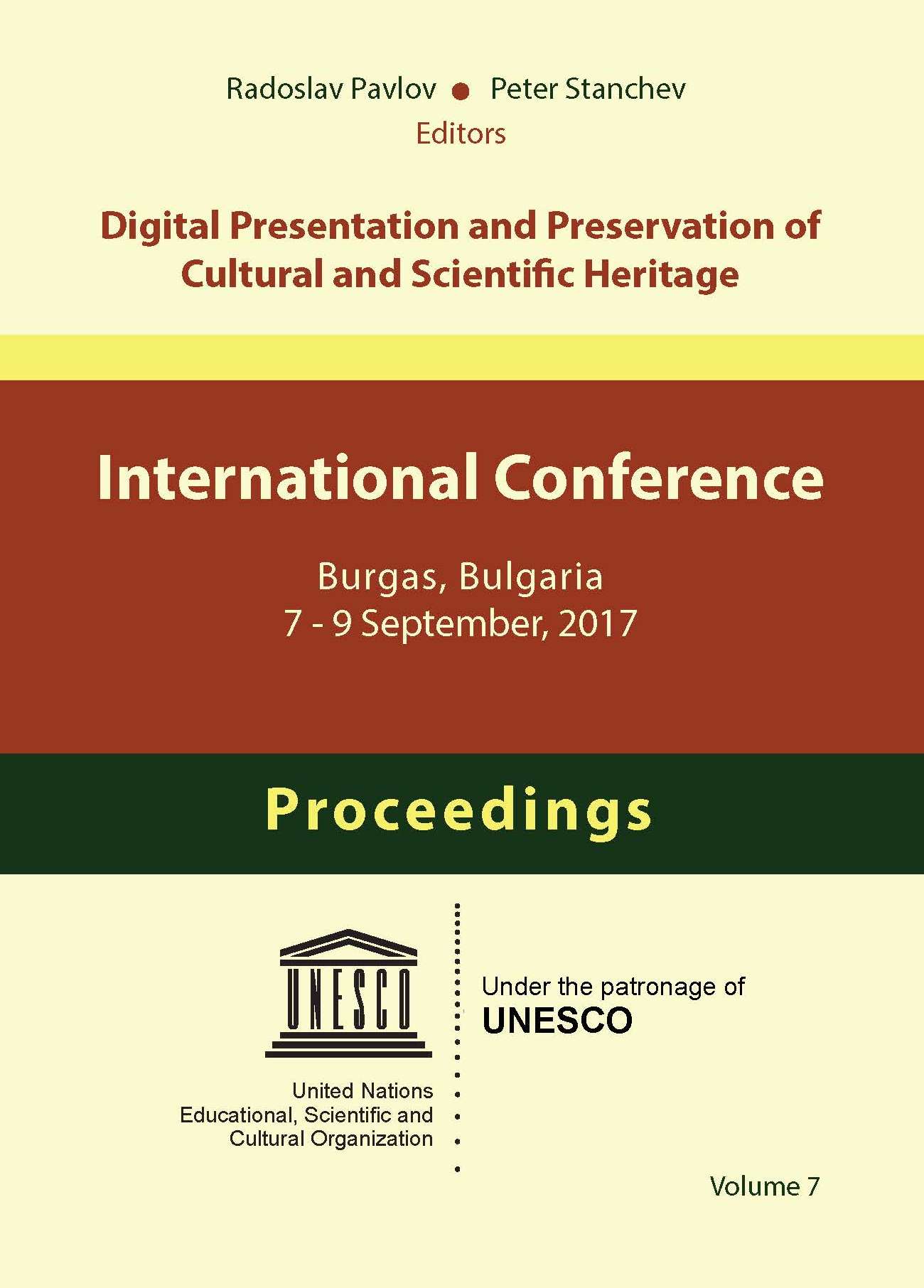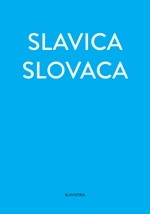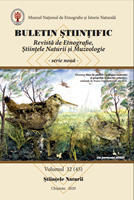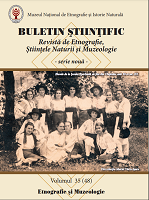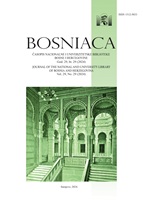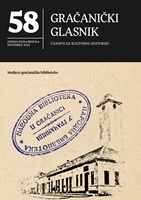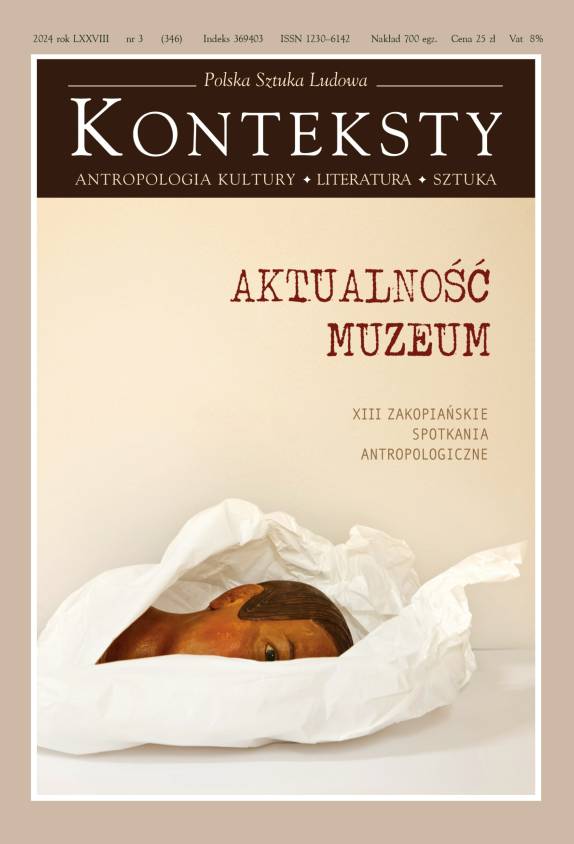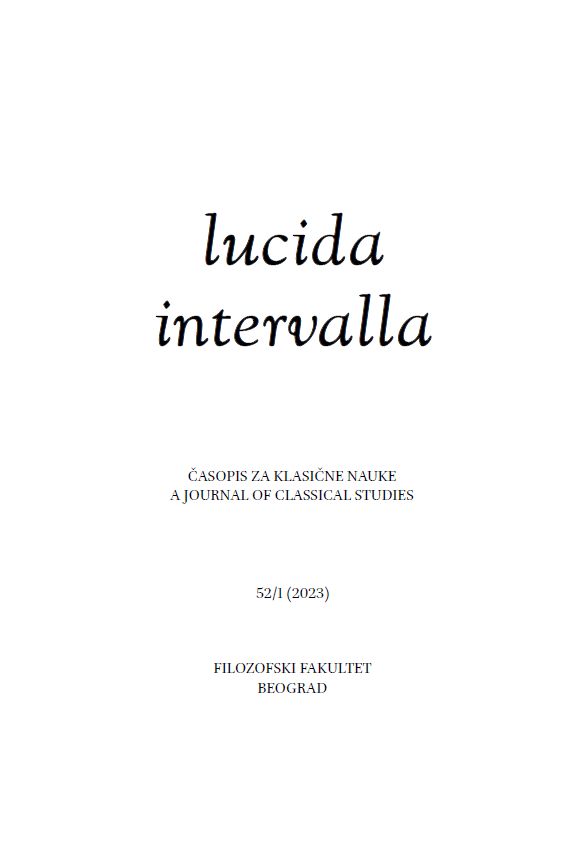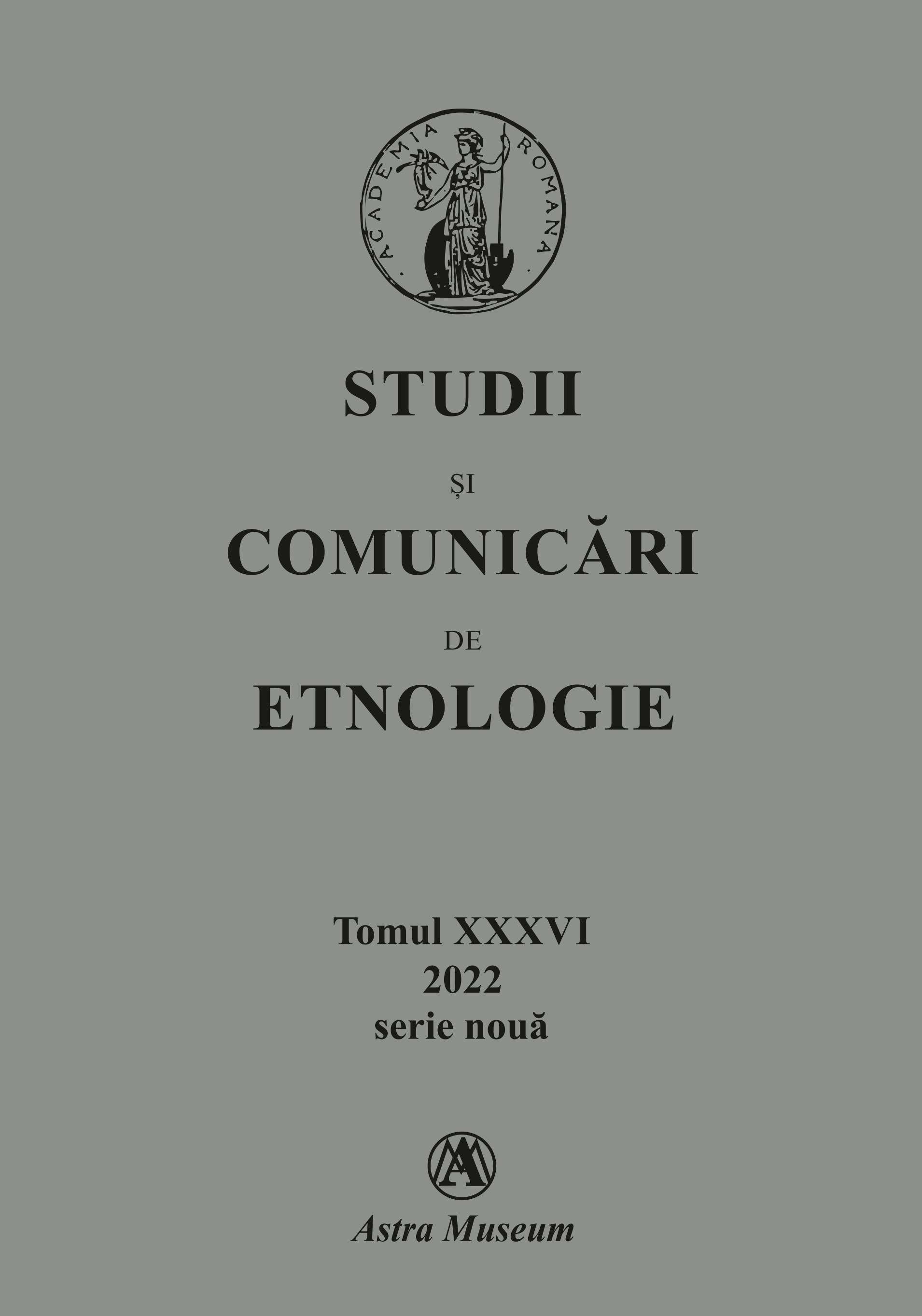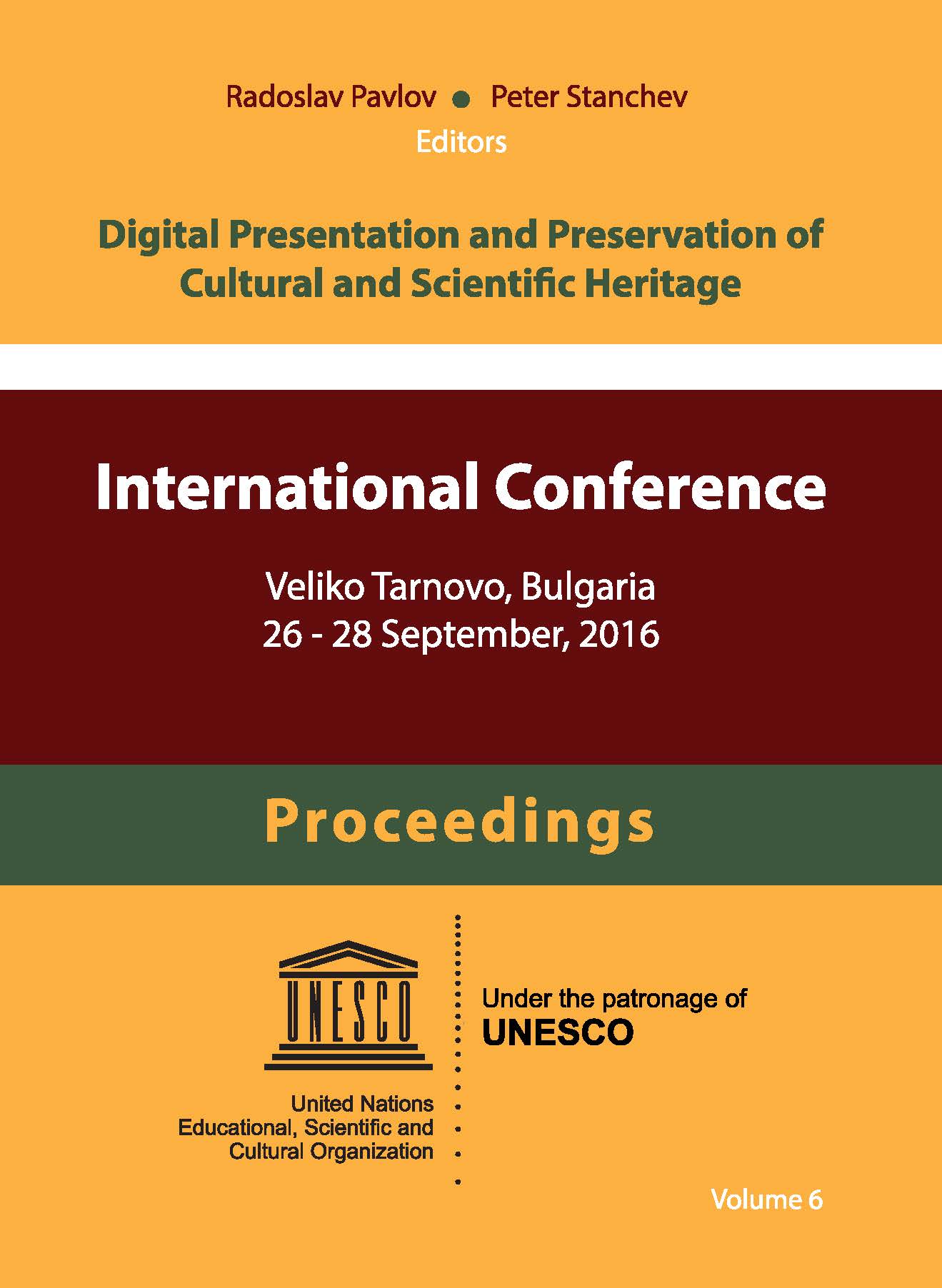
Semantic Search in Heterogeneous Digital Repositories: Case Studies
Semantic search augments the goals and scope of traditional search and information retrieval tasks. The paper analyzes the main aspects of semantic search and the corresponding features of some popular semantic search systems. The presentation is focused on a discussion of the implementation of a successful project in building modern semantic search engine. A brief analysis of the gained experience in some experiments with free software tools for advanced semantic technologies accomplished within the Master’s degree course in Semantic Technologies at the Faculty of Mathematics and Informatics, Sofia University, is presented and the main techniques used for image and video semantic extraction are discussed in addition.
More...
